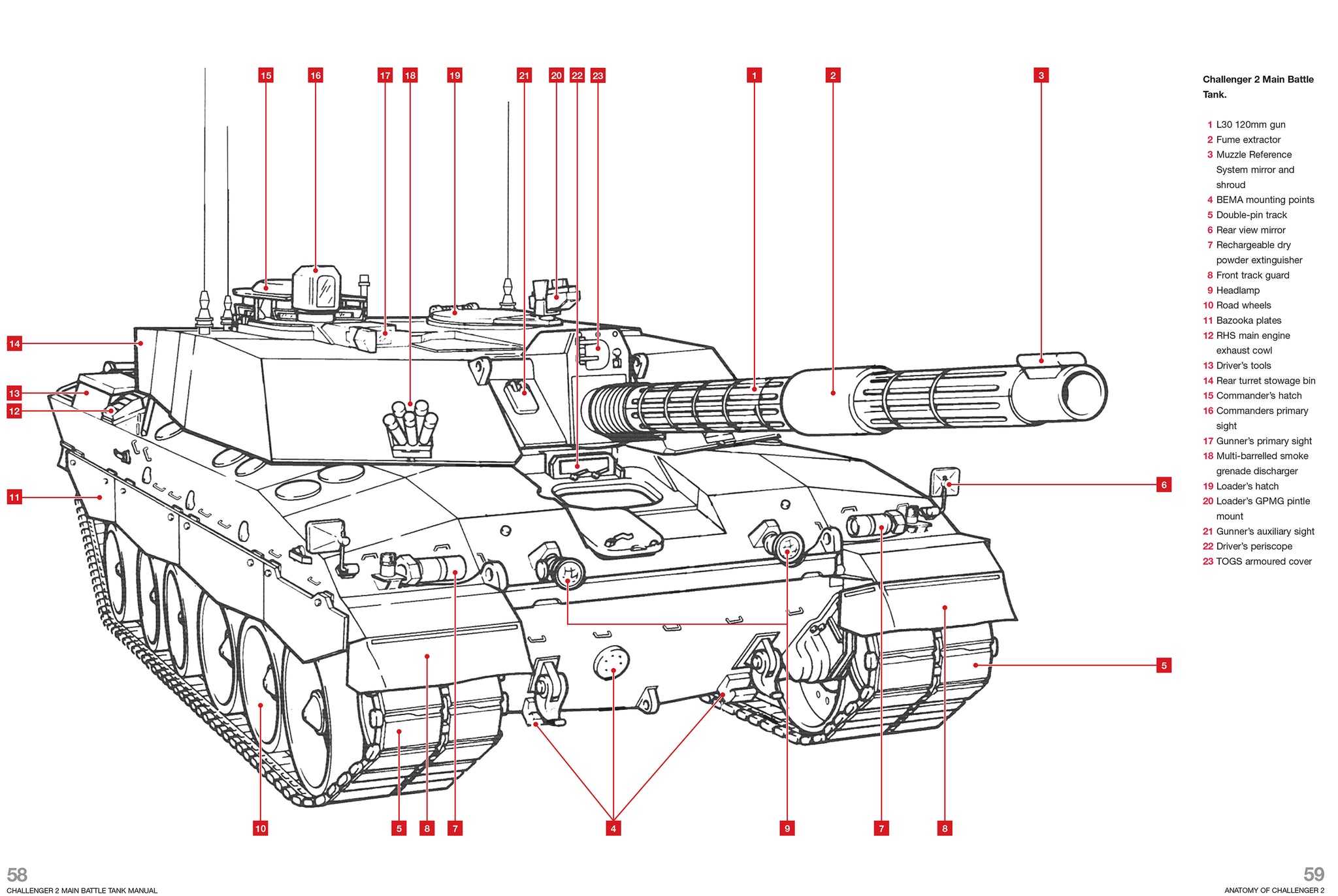

Turret armor thickness was increased, and flammable hydraulic fluid in the turret was exchanged for a non-flammable alternative. Designers therefore still opted for an all-steel construction, making the M60 the last American tank to be protected by all-steel armor.īefore the introduction of the M1 Abrams tank in the early 1980s, the United States’ M60s were upgraded to the A3 standard. While the armor panelling was better able to resist initial hits than steel, the paneling became severely degraded and secondary hits easily penetrated the armoring.

The M60 was intended to use new composite armor made of silica glass that could better withstand hits than standard all-steel rolled homogenous armor.

Initial production M60s were rushed to West Germany and to South Korea. At the time, in the late 1950s and early 1960s, the United States saw Soviet tank advancements-particularly the T-54/55 family-as overshadowing American armor capabilities. The original M60 was quickly designed and produced as an emergency fix. The M60 was given a 105 millimeter main gun, a significant upgrade from the preceding M48’s 90 millimeter gun (though later M48s were also equipped with a 105 millimeter gun as well). The MBT doctrine required high mobility, good armor, and adequate firepower. The MBT concept was designed to combine the firepower of a heavy tank with the mobility of what was then termed a medium tank. The M60 was intended to be the United States first Main Battle Tank, which could meet operational requirements at both the tactical and strategic level. Though originally designed in the 1950s, the M60 was used in the Gulf War by the Marine Corps-and destroyed hundreds of Iraqi tanks. She might not be modern, but she can kill. M60 Crushed Saddam Hussein During the First Gulf War The tank that lead the victory in the First Gulf War


 0 kommentar(er)
0 kommentar(er)
